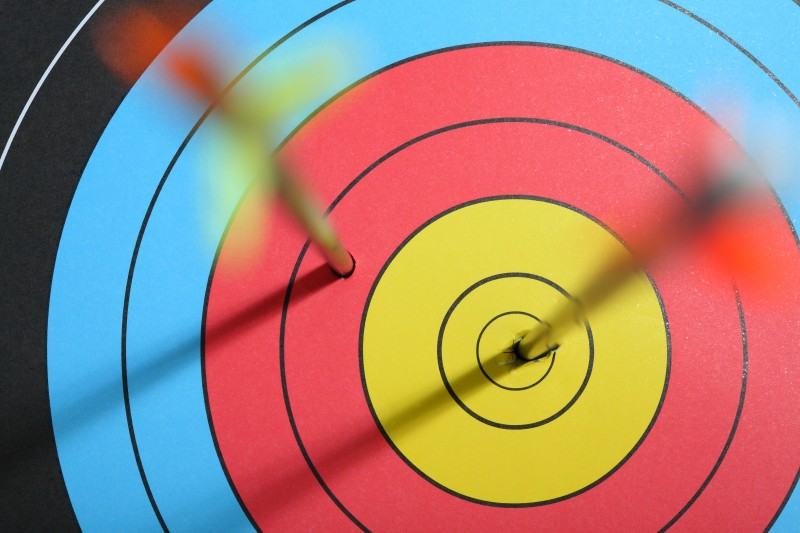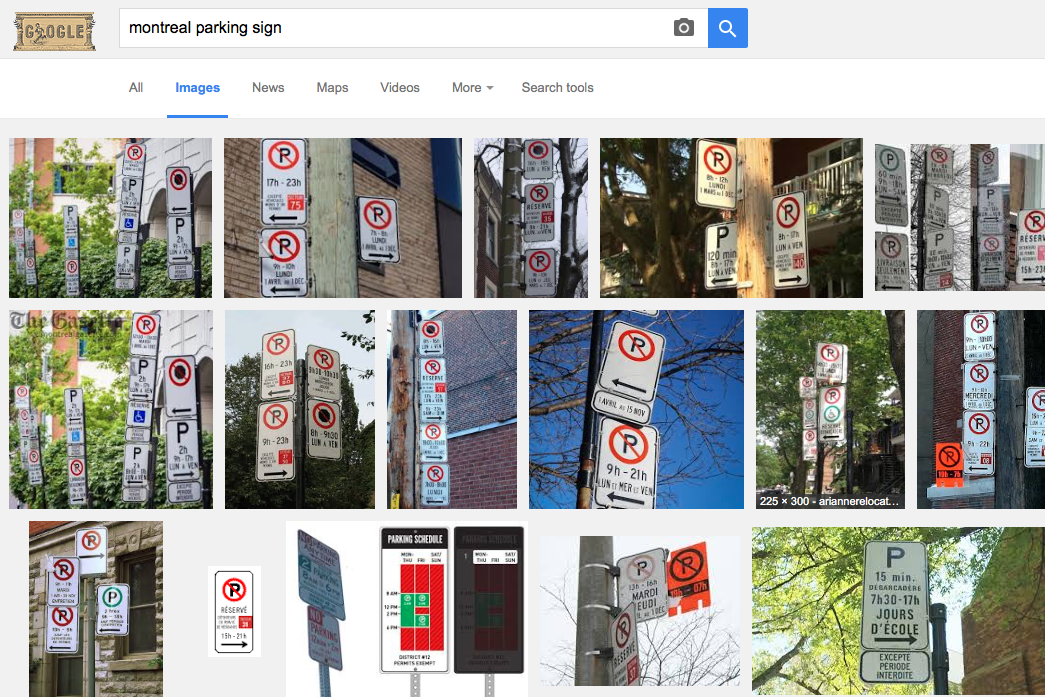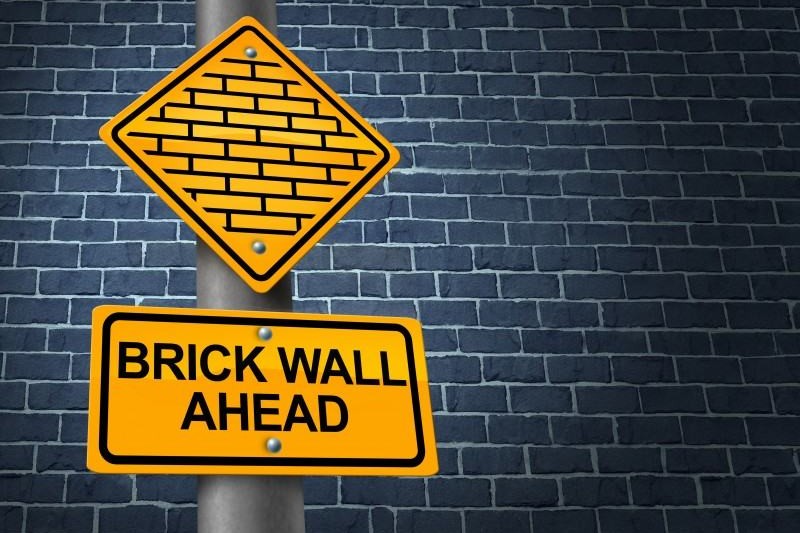Proper?
What are the conditions or parameters that one should consider to make a room, a building or an equipment proper? Is it possible to transform an old equipment into something new? How can we adapt the current conditions to make them proper and adequate, to make them compliant with the new “and improved” regulations?
As several of our equipment and building date from a few (!) years this questions is important. Although still in working conditions, some of them are hard-strained to comply to the rules. Rules which are ever changing to satisfy the market and our clients (Remember the “c” in cGMP?). While keeping in mind the rationale behind GMP, i.e. public safety, how can the Human Performance Improvement (the new buzz name of the training teams) influence decisions makers about installation and equipment? It is a very current issue and has been so for years! How can HPI ever have a direct role on something else than the very intangible human capital development? GMP are here to help us!
Several articles mention equipment and premises. They rapidly mention a strong word, a word which comes back to haunt us repeatedly…
VALIDATION
I frequently say that the fear associated with validation is totally justified if I see a mutant engineer taking control of the floor trying to preach the good word about validation. Fortunately, the training and Human Performance Improvement (HPI) groups are there to make these dry concepts more acceptable for the general (and non-mutant!) human population. For validation is such an important concept that it deserves to be treated fairly. Validation, after all, is simply a documented process that demonstrates that equipment, rooms, processes, analytical methods and system have been designed to produce a consistent result time after time.
Proper or adequate installations and equipment mean basically that they were designed to suit the needs of operations while respecting a few simple rules of GMP :
1- Clean and orderly operations
2- Cleanable
3- Contamination prevention
Those basic principles of GMP are in the first sections of the Canadian and American regs for a reason. They are at the heart of everything. Along with the human factor… of course.
Weirdly enough, the articles about equipment and premises are quite similar. Their common meaning does not bear any doubt : Production cannot, must not, be planned without thinking about compliance at the same time. In fact, it is also strangely similar to contemporary debate about productivity and environmental protection.
In both instances, business people screamed their head off claiming that it would not be economically feasible to be productive AND environmentally efficient or productive AND compliant.
In both instances, business people started arguing about the increased cost of compliance. Compliance to the pharmaceutical regulations or to the “Green” regs.
In both instances, business people raised the specter of increased cost of goods, loss of profits etc., etc.
However, compliance is NOT inherently more expensive. Compliance is rather a way to THINK quality before producing. To build-in quality instead of trying to prove quality by performing tests all along the process. As the saying goes : If you think compliance is expensive , try NON-compliance! Just ask all those companies under consent decree…
In fact, by actually thinking about compliance from the start, one finds ways to perform in a better, more efficient way. Indeed, compliance forces us to think about our processes in a new way, with a new perspective. It allows us to search for deeper understanding of our activities. The in-depth knowledge of our processes provides us with improved ways of producing, testing and delivering the goods to our customer.
A case in point : sterility testing. We all know it takes 7-10 days from a sample to grow conclusively (or not). What about product that must be shipped and administered in a rush, say because of a back order. Suppose the sterility testing is not completed. Historical data could demonstrate that the equipment and the sterile installations used for the production of the aforementioned batch were all designed adequately and fully validated. Historical data could also show a trend of perfect results, over and over again. The product should have been perfect too and was therefore shipped and administered before the sterility results were in. Only to find, 2 weeks later, that… Oh no!
Positive for contamination!!
However the patient did not die. Was not infected and recuperated well. Well, then what? Investigation, OOS you name it, you’ve got it! But if we were to go beyond this…
In 1994, when I first started in pharmaceuticals, I came form an academic background. I used to study yeast genetics. I did so with a plethora of techniques and methods with very exotics names : RFLP, Southern and Northern Transfer, RNA blots, DNA sequencing and PCR. PCR, or Polymerase Chain Reaction. This method was basically using an enzyme, the DNA polymerase, that would, under proper circumstances, produce tons of DNA from a minute initial amount. And this would be done in a few hours compared to the traditional method of DNA blotting and using with a radioactive probe and waiting a few days for the radioactivity to be exposed on a piece of film. For example, we could detect a single cell with a specific genomic characteristic out of several thousand others. Or, by extension, detect a single bacteria floating in a tiny sample, and I mean tiny, like in 2 ?l or 2×10-6 l. In a few hours.
In fact, I was shocked, in 1994, to see that the pharmaceutical industry was not using this great method to detect bacteria in a supposedly sterile solution. I am still shocked by the way. Shocked because, I have not heard any company using it even today… 14 years later.
Why all this discussion? To prove that compliance is NOT a hindrance to productivity. Regulations state that the product must be tested for sterility before it is shipped. This makes perfect sense. But why wait 7 or 14 days if it could be done in 3 hours? The PCR method could be validated according to the pharmaceutical standards. It could be used along with the traditional methods too! And, in the name on compliance, let’s get moving!
A further comparison with the environmental one once again… The “Green” revolution has proven several times in the recent past that it was possible to be innovative, productive, profitable… and GREEN! I am convinced that it is possible to raise the awareness of our teams about this concept. It is possible to have compliant operations, with proper equipment and installations using the proper amount of paperwork and documentation and still be innovative and productive.
Our customers, our clients, the patients deserve this. Let’s take this fifth command to our heart! There is light at the end of the tunnel and it is not a train!
Have fun, learn well and stay compliant!
Keep on having fun educating your colleagues!
In a rush for GMP 2008? Looking for an innovative AND compliant way to train?
Aliter Concept’s serious game C2EO is an ideal and quick way to plan your GMP session
www.c2eo.com
Next : the sixth commandment!
Do not forget to share !
Use the icons below to share to LINKEDIN , FACEBOOK and Twitter!
Par François Lavallée M. Sc.
© Copyrighted material Aliter Concept 2015. Please do not print or copy without permission from the author.
BUT DO SHARE IT using the social network buttons !!




